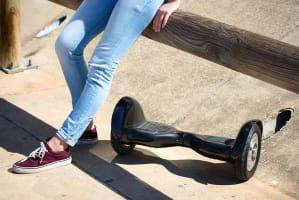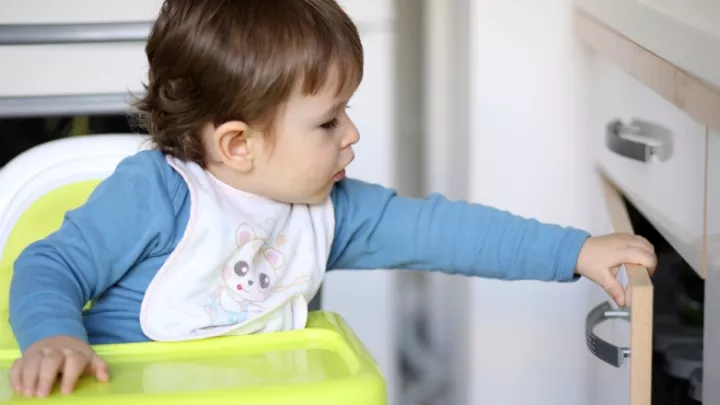Are Hoverboards Safe?
When I hear the word “hoverboard,” I think of magical devices, sort of like flying carpets that glide through the air. Many of us remember watching the character Marty McFly in “Back to the Future,” and many of us remember wishing we could fly too.

But the hoverboards, also called “smart boards” or “balance boards,” that are popular today are more like motorized, wheeled scooters without handles that don’t levitate at all. Or imagine a Segway without hands. The question is: Are these devices safe?
An article in Modern Healthcare in February noted that in one children’s hospital in Miami, there were 54 children treated in less than a month for injuries from hoverboards. Most were fractures, some requiring surgery. The most serious was a spinal fracture. There have been brain injuries such as concussions, as well.
Beyond the time it takes to master staying on the boards, the design of the boards does not take into account the varying weights of riders, so the boards can speed up and lurch, making them hard to control.
Injuries are not the only problem, either. There have been reports of the boards bursting into flame. This has led the U.S. Consumer Product Safety Commission (CPSC) to take a close look. The commission found that there are no safety standards for the devices and no regulation of the lithium-ion battery packs that charge them. The packs themselves are not regulated, and cheaper, off-brand boards are being marketed with cheaper, less dependable battery packs. Even quality lithium-ion batteries can catch fire and explode if they are punctured. The packs can also overheat and burst into flame. Reports include fires from boards when being charged, when being ridden or even at rest. There have been 40 reported fires in 19 states. A home burned down in Louisiana and a mall had to be evacuated in Washington. Some airlines, such as Delta, American and United, have labeled them a fire hazard and banned them from their planes.
Some states like New York have banned the boards on sidewalks and streets, calling them “motor vehicles that cannot be registered.” They can only be used in parks in New York. California also has passed a law forbidding anyone one under age 16 from riding a hoverboard on public roads. Boards are limited to bike lanes and riders must wear helmets.
The CPSC offers these tips for would-be hoverboard users:
- Have a fire extinguisher handy when charging.
- Charge in an open, dry area away from combustibles.
- Do not charge your board right after using; let it cool down for an hour.
- Do not charge overnight or when you are not able to watch it.
- Use a helmet, elbow and knee pads and wrist guards when riding.
- Do not use near a road or any traffic.
- Do not use on a crowded sidewalk.
- Parents should supervise all children using these devices.
- Avoid buying at a mall kiosk or website that doesn’t have information about who is the seller and what to do if there is a problem.
- Look for the mark of a national testing laboratory.
Although many of us would love to fly around someday on a magic carpet, the hoverboard doesn’t seem very magical, after all!


